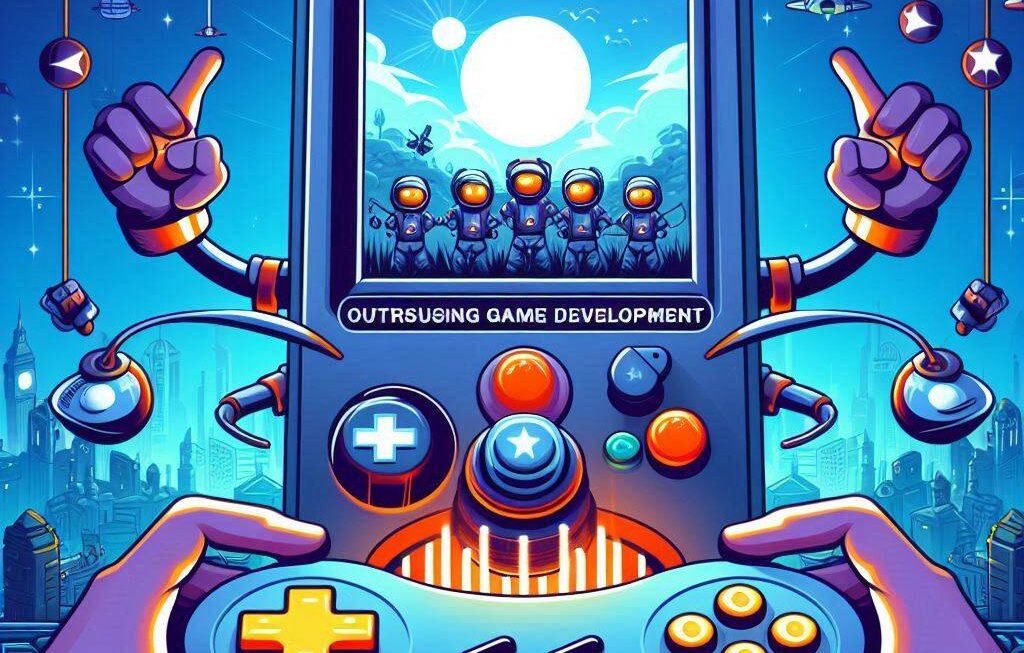1. Preproduction: The Spark Ignites
Preproduction is the stage where ideas are born and nurtured. It’s the creative crucible where concepts are molded into playable prototypes. As game designer Hironobu Sakaguchi once said, “I believe it’s very important to have a clear vision of what you want to make.” This vision is the spark that ignites preproduction.
During this phase, developers create a game design document (GDD), outlining the game’s mechanics, story, art style, and more. They also develop a playable prototype, a simplified version of the final game, to test their ideas and secure funding. For instance, Minecraft’s humble beginnings were as a block-building prototype that captured the hearts of millions.
2. Production: From Sketch to Reality
Once the vision is clear and funding secured, developers move into production. This stage involves creating the game’s assets, coding its mechanics, and refining its design. As game designer Shigeru Miyamoto put it, “A delayed game is eventually good, but a rushed game is forever bad.” This wisdom underscores the importance of taking time during production to ensure quality.
During this phase, developers create 3D models, write code, and integrate sound effects. They also playtest the game extensively, making adjustments as necessary. For example, during the production of Super Mario Bros., Miyamoto spent countless hours refining the game’s physics to ensure a smooth, enjoyable experience.
3. Postproduction: Polishing the Masterpiece
Postproduction is the final stage, where developers polish their masterpiece and prepare it for release. This phase involves bug fixing, localization, and marketing. As game designer Ken Levine said, “The best part of making a game is when you’re done.” This sentiment captures the relief and satisfaction that comes with completing a project.
During this phase, developers fix any remaining bugs, translate the game into different languages, and create marketing materials. They also prepare the game for distribution on various platforms. For instance, during the postproduction of The Witcher 3: Wild Hunt, developers spent months optimizing the game for different systems to ensure smooth performance.
In Conclusion
Understanding these stages is crucial for any aspiring game developer. Each stage presents unique challenges and opportunities, requiring creativity, perseverance, and a clear vision. So, as you embark on your journey in game development, remember the dance of preproduction, production, and postproduction, and let your passion guide you through each step.
FAQs
Q: What are the three stages of game development?

A: The three stages of game development are preproduction, production, and postproduction.
Q: Why is preproduction important in game development?
A: Preproduction is important because it’s the stage where ideas are born and nurtured, and a clear vision for the game is established.
Q: What happens during production in game development?
A: During production, developers create the game’s assets, code its mechanics, and refine its design. They also playtest the game extensively to ensure quality.
Q: What is postproduction in game development?
A: Postproduction is the final stage of game development where developers polish their masterpiece, fix any remaining bugs, translate the game into different languages, and prepare it for release on various platforms.



